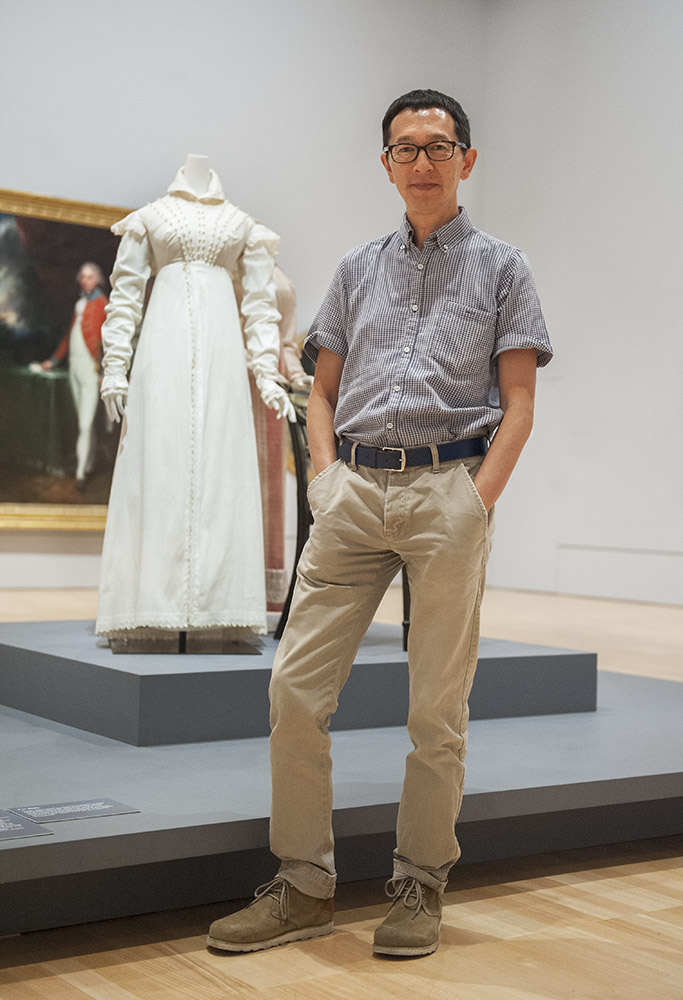The Event: 200 Years of Australian Fashion at NGV
On now until the 31st of July 2016 at The Ian Potter Centre, 200 years of Australian fashion showcases over 120 garments from more than ninety designers – the first major display of Australian fashion to be undertaken in this country. Since settlement, Aussie fashion has been shaped by geographic, seasonal and cultural variants, and defined by colloquial vernacular. In every era, our designers have consciously defined the character of how we dress according to local terms of reference. Even today, Australian style can be understood as the by-product of independence and impertinence. From the early dressmaking establishments of Brisbane through to the mid-century salons of Collins Street, to the contemporary studios by Bondi’s beaches, 200 Years of Australian Fashion traverses over two centuries of fashion design in Australia.
Staged across four large galleries, this impressive exhibition celebrates this country's unique voice and impact on the fashion industry internationally, showcasing the work of contemporary designers such as Dion Lee, Ellery, Romance Was Born and Toni Maticevski alongside exquisite examples of historic design.
200 Years of Australian Fashion includes outfits drawn from the collections of the National Gallery of Victoria, the Museum of Applied Arts and Sciences, Sydney and other key collections, as well as a number of essential private loans. The exhibition also includes multimedia footage and interviews, photographs and is a must for any fashion lover.
The NGV presents 200 Years of Australian Fashion as part of the Cultural Program of the Virgin Australia Melbourne Fashion Festival, which celebrates its 20th anniversary in 2016.


























